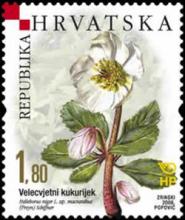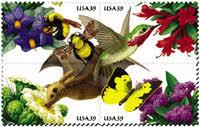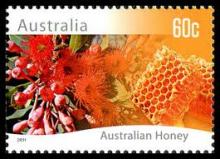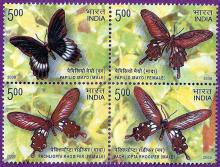Decreased Functional Diversity and Biological Pest Control in Conventional Compared to Organic Crop Fields
We assessed 30 triticale fields (15 organic vs. 15 conventional) and recorded vascular plants, pollinators, aphids and their predators. Organic fields had five times higher plant species richness and about twenty times higher pollinator species richness compared to conventional fields. Abundance of pollinators was even more than one-hundred times higher on organic fields. In contrast, the abundance of cereal aphids was five times lower in organic fields, while predator abundances were three times higher and predator-prey ratios twenty times higher in organic fields, indicating a significantly higher potential for biological pest control in organic fields.







